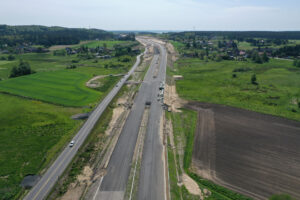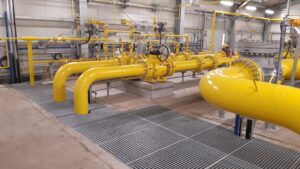Nature surveillance
Construction nature surveillance is the process of monitoring and assessing the impact of construction activities on the environment and taking measures to minimise negative effects on nature and protect its values. This type of supervision is particularly important in construction projects that may affect ecosystems, protected areas, rivers, forests, fauna, flora and other natural elements.
The main tasks of the construction nature watch include:
- Impact assessment: Carry out an assessment of the environmental impact of the planned construction activities and identify potential hazards and risks.
- Monitoring the work: Continuous monitoring of the progress of construction work to prevent negative effects on nature and to identify possible breaches of environmental regulations.
- Compliance: Ensure that construction activities comply with nature conservation legislation, such as Natura 2000 site protection plans, nature conservation laws or water management regulations.
- Species protection: Monitoring the occurrence and protection of endangered plant and animal species and their habitats.
- Minimising impact: Implementing measures and technologies to reduce the negative impact of construction activities on nature, e.g. the use of eco-friendly building materials, green roofs or pollution prevention devices.
- Education and communication: Inform employees and local communities about the importance of nature conservation and the need to comply with environmental laws and rules.
Built environment monitoring aims to balance the needs of infrastructure development with the protection of the natural environment, ensuring sustainable development and the long-term preservation of nature for future generations.







